Title: Choosing Between Unarmoured Cable and Flexible Cable: A Comparative Analysis Introduction: When it comes to selecting the right electrical cables for various applications, professionals often find themselves torn between two popular options: unarmoured cable and flexible cable. Both are widely used in different industries, but it’s essential to understand their respective characteristics, advantages, and limitations before making a decision. In this article, we will delve into the details of unarmoured cable and flexible cable, enabling you to make an informed choice for your specific needs. Unarmoured Cable: Unarmoured cable, as the name suggests, lacks the additional layer of protection commonly found in its counterpart. It typically comprises a bundle of insulated copper or aluminum conductors encased in a PVC or XLPE (Cross-linked Polyethylene) sheath. Here are a few key attributes of unarmoured cable: 1. Cost-efficiency: Unarmoured cables tend to be more affordable compared to flexible cables. This cost-effectiveness makes them a popular choice for residential and commercial installations where the risk of physical damage is relatively low.
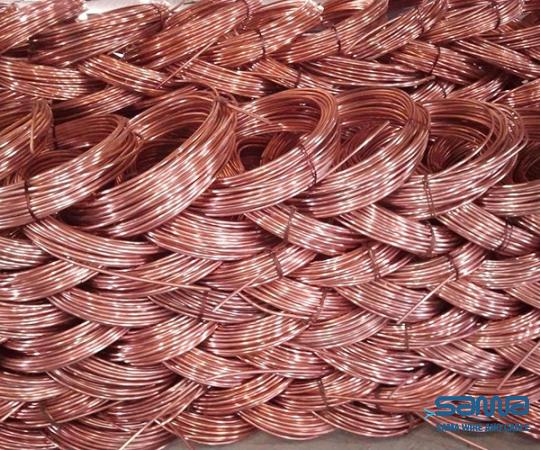
.
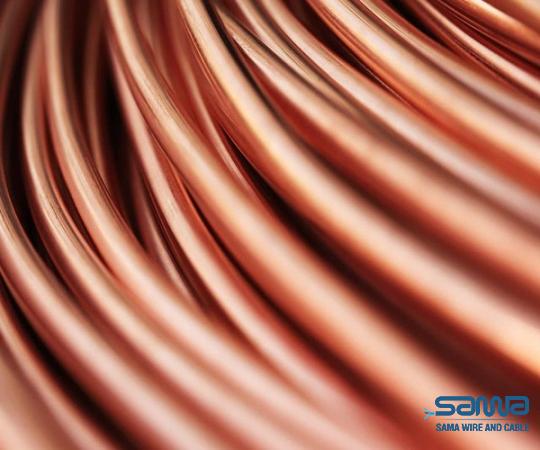 2. Installation and Maintenance: Unarmoured cables are relatively easy to install due to their lightweight nature, making them a convenient option for fixed wiring. However, their lack of armoring makes them more prone to damage from external factors, such as moisture or mechanical stress. Regular preventive maintenance is crucial to ensuring their longevity. 3. Protection against External Factors: While unarmoured cables can resist common environmental factors, such as UV rays and natural elements, they may be susceptible to mechanical damage caused by impacts, rodent bites, or abrasion. Consequently, these cables are often installed indoors or in protected environments. Flexible Cable: Flexible cables, on the other hand, have an added layer of flexibility and durability, making them suitable for applications that require constant movement or flexibility.
2. Installation and Maintenance: Unarmoured cables are relatively easy to install due to their lightweight nature, making them a convenient option for fixed wiring. However, their lack of armoring makes them more prone to damage from external factors, such as moisture or mechanical stress. Regular preventive maintenance is crucial to ensuring their longevity. 3. Protection against External Factors: While unarmoured cables can resist common environmental factors, such as UV rays and natural elements, they may be susceptible to mechanical damage caused by impacts, rodent bites, or abrasion. Consequently, these cables are often installed indoors or in protected environments. Flexible Cable: Flexible cables, on the other hand, have an added layer of flexibility and durability, making them suitable for applications that require constant movement or flexibility.
..
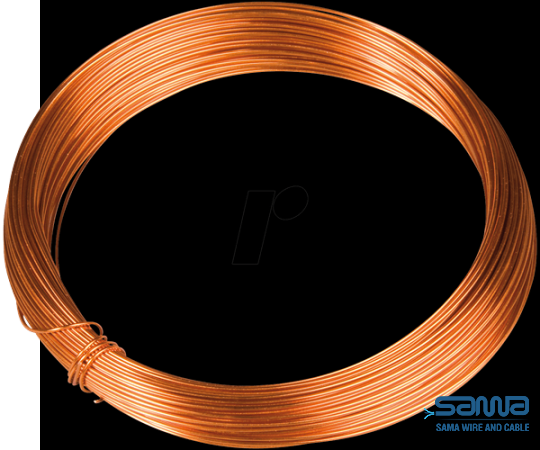 The key characteristics of flexible cables include: 1. Flexibility: The primary advantage of flexible cables lies in their ability to tolerate bending stress and frequent movement. These cables are commonly used in manufacturing industries, machinery, robotics, or any application that involves repetitive motion. 2. Durability: Flexible cables are usually constructed with specialized insulation materials that grant them greater resistance to harsh environments, such as chemicals, oils, and extreme temperatures. This attribute ensures their longevity and reliability even in demanding conditions. 3. Versatility: Due to their diverse range of construction materials and designs, flexible cables can be customized to meet specific requirements. They can also be engineered to possess higher flame-retardant or fire-resistant properties, making them ideal for critical installations such as emergency lighting systems or fire alarm systems.
The key characteristics of flexible cables include: 1. Flexibility: The primary advantage of flexible cables lies in their ability to tolerate bending stress and frequent movement. These cables are commonly used in manufacturing industries, machinery, robotics, or any application that involves repetitive motion. 2. Durability: Flexible cables are usually constructed with specialized insulation materials that grant them greater resistance to harsh environments, such as chemicals, oils, and extreme temperatures. This attribute ensures their longevity and reliability even in demanding conditions. 3. Versatility: Due to their diverse range of construction materials and designs, flexible cables can be customized to meet specific requirements. They can also be engineered to possess higher flame-retardant or fire-resistant properties, making them ideal for critical installations such as emergency lighting systems or fire alarm systems.
…
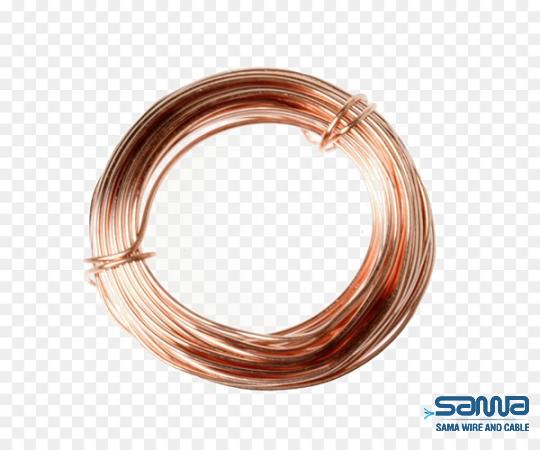 Conclusion: Unarmoured cables and flexible cables both have unique features that make them suitable for different applications. While unarmoured cables are cost-effective and appropriate for fixed installations in non-hazardous environments, flexible cables offer superior durability and flexibility, making them the go-to choice for dynamic or demanding applications. Ultimately, the choice between unarmoured and flexible cables lies in understanding the specific needs of your project. Consider factors such as cost, durability, flexibility, and the level of protection required. Seeking professional advice from electrical engineers or consulting relevant electrical codes can further help in deciding the most appropriate cable type for your application.
Conclusion: Unarmoured cables and flexible cables both have unique features that make them suitable for different applications. While unarmoured cables are cost-effective and appropriate for fixed installations in non-hazardous environments, flexible cables offer superior durability and flexibility, making them the go-to choice for dynamic or demanding applications. Ultimately, the choice between unarmoured and flexible cables lies in understanding the specific needs of your project. Consider factors such as cost, durability, flexibility, and the level of protection required. Seeking professional advice from electrical engineers or consulting relevant electrical codes can further help in deciding the most appropriate cable type for your application.
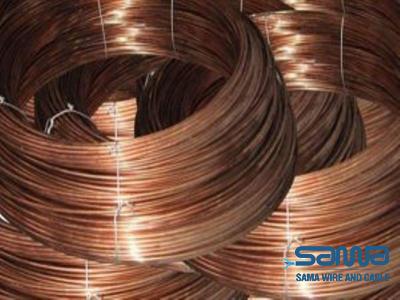
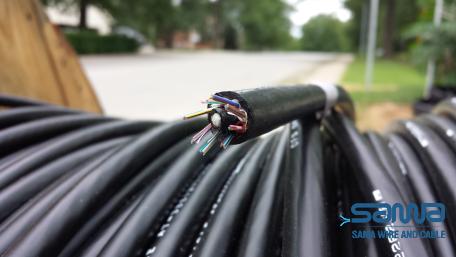
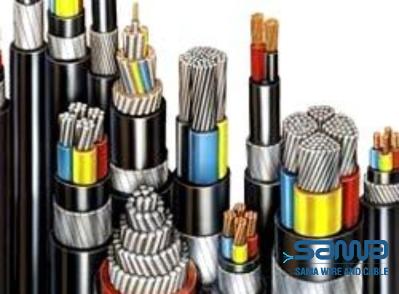

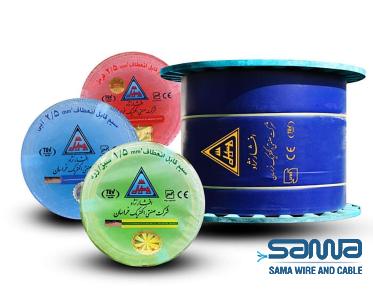
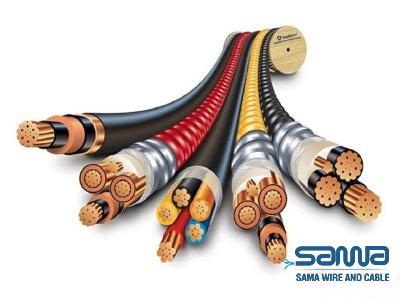
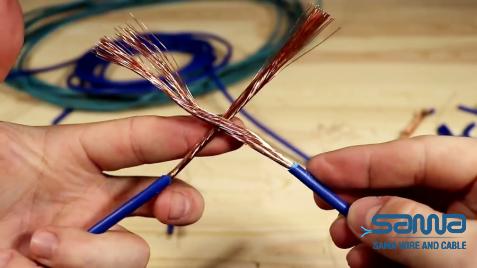
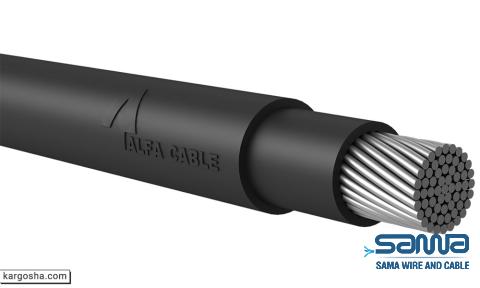
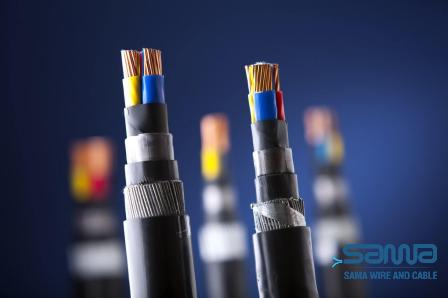
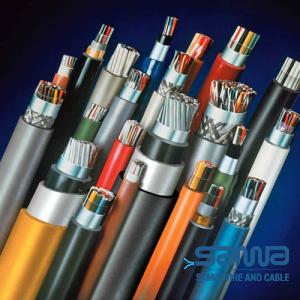
Your comment submitted.